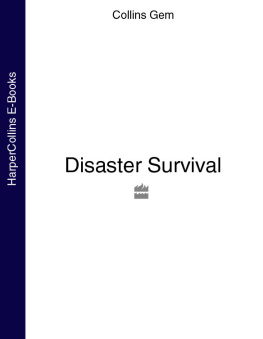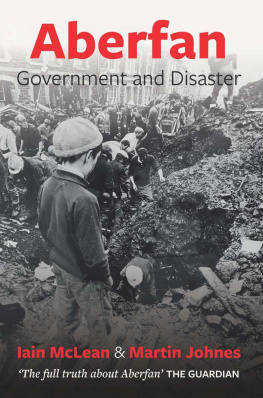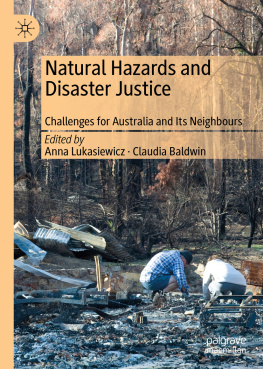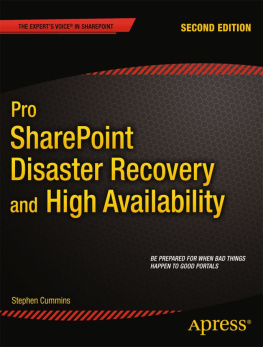SHORT CUTS
INTRODUCTIONS TO FILM STUDIES
OTHER TITLES IN THE SHORT CUTS SERIES
THE HORROR GENRE: FROM BEELZEBUB TO BLAIR WITCH Paul Wells
THE STAR SYSTEM: HOLLYWOODS PRODUCTION OF POPULAR IDENTITIES Paul McDonald
SCIENCE FICTION CINEMA: FROM OUTERSPACE TO CYBERSPACE Geoff King and Tanya Krzywinska
EARLY SOVIET CINEMA: INNOVATION, IDEOLOGY AND PROPAGANDA David Gillespie
READING HOLLYWOOD: SPACES AND MEANINGS IN AMERICAN FILM Deborah Thomas
THE WESTERN GENRE: FROM LORDSBURG TO BIG WHISKEY John Saunders
PSYCHOANALYSIS AND CINEMA: THE PLAY OF SHADOWS Vicky Lebeau
COSTUME AND CINEMA: DRESS CODES IN POPULAR FILM Sarah Street
MISE-EN-SCNE: FILM STYLE AND INTERPRETATION John Gibbs
NEW CHINESE CINEMA: CHALLENGING REPRESENTATIONS Sheila Cornelius with Ian Haydn Smith
SCENARIO: THE CRAFT OF SCREENWRITING Tudor Gates
ANIMATION: GENRE AND AUTHORSHIP Paul Wells
WOMENS CINEMA: THE CONTESTED SCREEN Alison Butler
BRITISH SOCIAL REALISM: FROM DOCUMENTARY TO BRIT GRIT Samantha Lay
FILM EDITING: THE ART OF THE EXPRESSIVE Valerie Orpen
AVANT-GARDE FILM: FORMS, THEMES AND PASSIONS Michael OPray
PRODUCTION DESIGN: ARCHITECTS OF THE SCREEN Jane Barnwell
NEW GERMAN CINEMA: IMAGES OF A GENERATION Julia Knight
EARLY CINEMA: FROM FACTORY GATE TO DREAM FACTORY Simon Popple and Joe Kember
MUSIC IN FILM: SOUNDTRACKS AND SYNERGY Pauline Reay
FEMINIST FILM STUDIES: WRITING THE WOMAN INTO CINEMA Janet McCabe
MELODRAMA: GENRE STYLE SENSIBILITY John Mercer and Martin Shingler
FILM PERFORMANCE: FROM ACHIEVEMENT TO APPRECIATION Andrew Klevan
NEW DIGITAL CINEMA: REINVENTING THE MOVING IMAGE Holly Willis
THE MUSICAL: RACE, GENDER AND PERFORMANCE Susan Smith
TEEN MOVIES: AMERICAN YOUTH ON SCREEN Timothy Shary
FILM NOIR: FROM BERLIN TO SIN CITY Mark Bould
DOCUMENTARY: THE MARGINS OF REALITY Paul Ward
NEW HOLLYWOOD: FROM BONNIE AND CLYDE TO STAR WARS Peter Krmer
ITALIAN NEOREALISM: REBUILDING THE CINEMATIC CITY Mark Shiel
WAR CINEMA: HOLLYWOOD ON THE FRONT LINE Guy Westwell
DISASTER MOVIES
THE CINEMA OF CATASTROPHE
STEPHEN KEANE
WALLFLOWER
LONDON and NEW YORK
A Wallflower Book
Published by
Columbia University Press
Publishers Since 1893
New York Chichester, West Sussex
cup.columbia.edu
First published in Great Britain in 2001; second edition 2006
Copyright Stephen Keane 2006
All rights reserved.
E-ISBN 978-0-231-85027-8
Wallflower Press is a registered trademark of Columbia University Press
A complete CIP record is available from the Library of Congress
ISBN 978-1-905674-03-9 (pbk. : alk. paper)
ISBN 978-0-231-85027-8 (e-book)
A Columbia University Press E-book.
CUP would be pleased to hear about your reading experience with this e-book at .
CONTENTS
For Rachel
From early biblical epics and 1950s science fiction B-movies through to more recent action/disaster/science fiction hybrids, scenes of mass destruction have proven a longstanding and pervasive feature of the cinema of spectacle. Yet in contrast to classic genres like the western and popular contemporary genres such as horror and science fiction, disaster movies have remained relatively neglected within film studies. Where disaster is merely one feature amongst many in the above films, the simple response to disaster movies is that they are entirely predicated around disaster. The initial task, therefore, lies in distinguishing films that contain elements of disaster from the more specific, contemporary formulation afforded by the term disaster movies. And then, while the centrality of disaster might well provide for a useful focus, it is necessary to ask: is there anything more to disaster movies than spectacular scenes of death and destruction?
we will begin by looking at a range of approaches that can be brought to bear on this very specific cycle of films, in particular their use of representative characters and all-star casts.
looks at the ways in which disaster was reformulated in action cinema of the 1980s and 1990s, focusing in particular on Die Hard (1988), Die Hard 2 (1992) and what has been termed the Die Hard subgenre. This chapter is transitional in several important respects. It will not only explore formal comparisons and contrasts between disaster movies and recent action movies but also ideological differences inherent in the change of context.
In the late 1990s, disaster movies returned in both pure and hybrid form. From tornadoes and volcanoes to aliens and asteroids, they variously recycled 1950s and 1970s precedents through new advances in special effects and tapped into a number of fashionable anxieties surrounding the run up to the end of the millennium. In we will look at the ways in which these films combined context with Zeitgeist and high concept scenarios with scenes of mass devastation. Beginning with analysis of the science fiction hybrid Independence Day (1996) and the historical disaster film Titanic (1997), this chapter will end by looking at the ways in which the 1990s disaster cycle quickly reached saturation point through the use of similar scenes of metropolitan and global disaster in films like Armageddon (1998), Deep Impact (1998) and Godzilla (1998).
Having reconsidered elements of the 1990s disaster cycle, of this second edition of the book provides for a new and up-to-date conclusion looking at disaster movies in light of the events of 9/11 and recent natural disasters such as Hurricane Katrina. How are we to look back on disaster movies in the wake of events such as these? And how have recent disaster movies like The Day After Tomorrow (2004) responded to this new relevance and responsibility?
The principal focus throughout this book will be on disaster movies from the 1970s to the present day, but it is well to begin by examining the historical development of the genre, in particular highlighting identifiable disaster cycles and charting the transition from ancient-world epics, historical disaster films and science fiction to the more specific and contemporary formulation initiated by the disaster movie cycle of the 1970s.
Historical perspectives
Classifying genres is a deceptively simple process. To relate a film to a given typology is to test that film according to certain formulae, in comparison with other films of the same type, and often located within the history of the genre under discussion. A staple of film studies since the late 1960s and early 1970s, genre criticism has traditionally worked through relatively clear-cut distinctions. The more recent turn afforded by critics like Rick Altman (1999) and Steve Neale (2000), however, has been to step back and look at the processes through which genre has come to be understood. Hence, approaching genre is first a matter of asking questions not asserting that such and such a film is a disaster movie, for example, but rather asking what are the properties that might go towards identifying a film as a disaster movie? Given the relative absence of book-length studies on the subject, the three most useful sources in approaching the history and development of the disaster genre are Susan Sontags The Imagination of Disaster (1965), Maurice Yacowars The Bug in the Rug: Notes on the Disaster Genre (1977) and Nick Roddicks Only the Stars Survive: Disaster Movies in the Seventies (1980).










